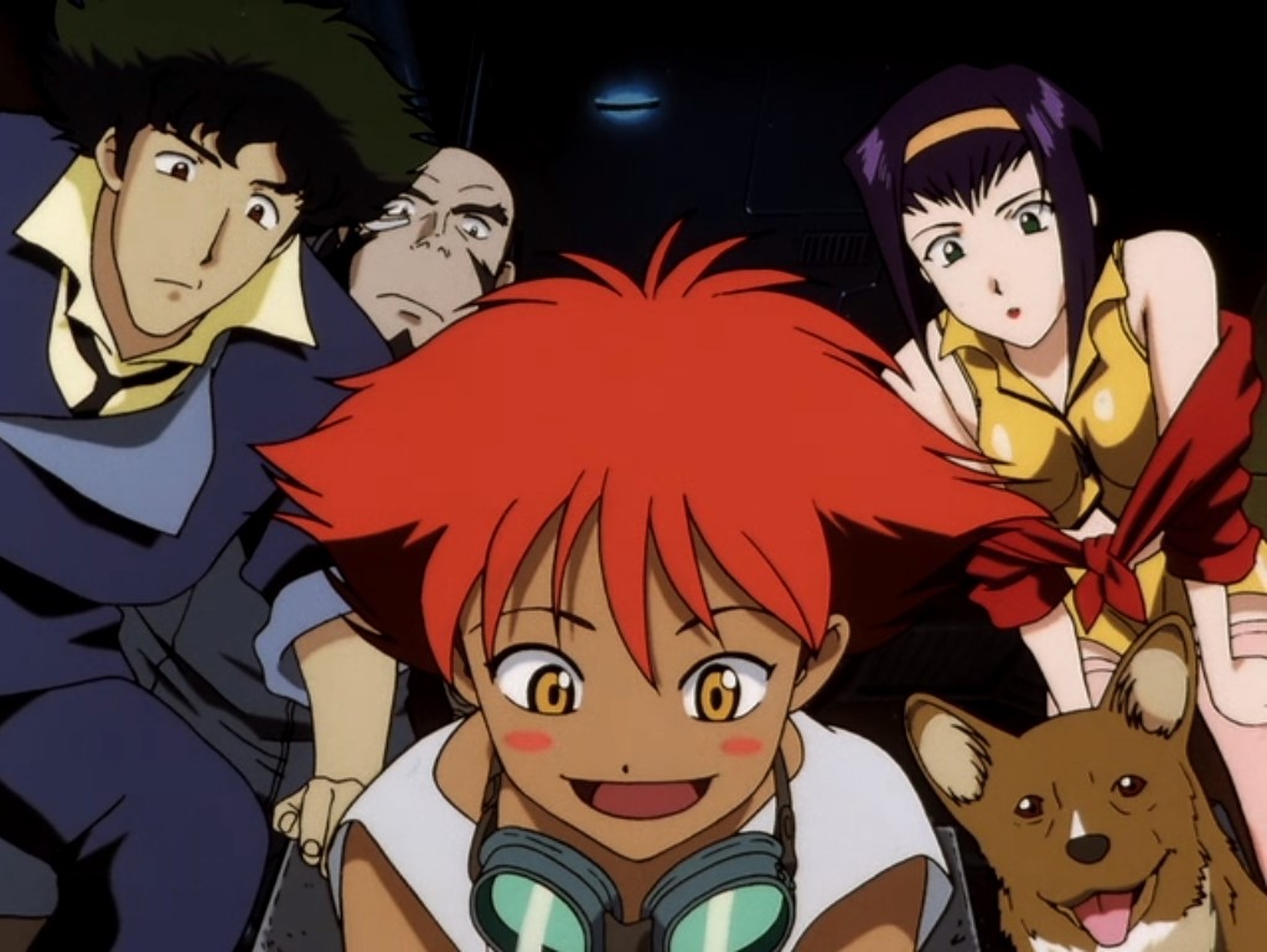Table of Contents Show
In the vast expanse that is entertainment, only some titles get time in the spotlight and most that do quickly fade away. However, every once in a while, there comes a title that manages to reach a wide audience and never leave them. A show or movie that critics and ordinary viewers alike can enjoy and revisit far after its run is over — Cowboy Bebop is one of these shows.
A classic anime from 1998, Cowboy Bebop followed the bounty-hunting crew of the Bebop, a galactic fishing trawler, as they got caught up in various misadventures and their own pasts. The show only lasted a season, but each episode offered a unique experience created from a diverse mix of influences. Whether you wanted a tragic romance with some noir flare or a goofy adventure backed by an upbeat soundtrack and surrealism, Cowboy Bebop had something for everyone. And although the Bebop crew loved to express their disdain for each other, audiences couldn’t help but grow to love Spike, Jet, Faye, Ed, and Ein.
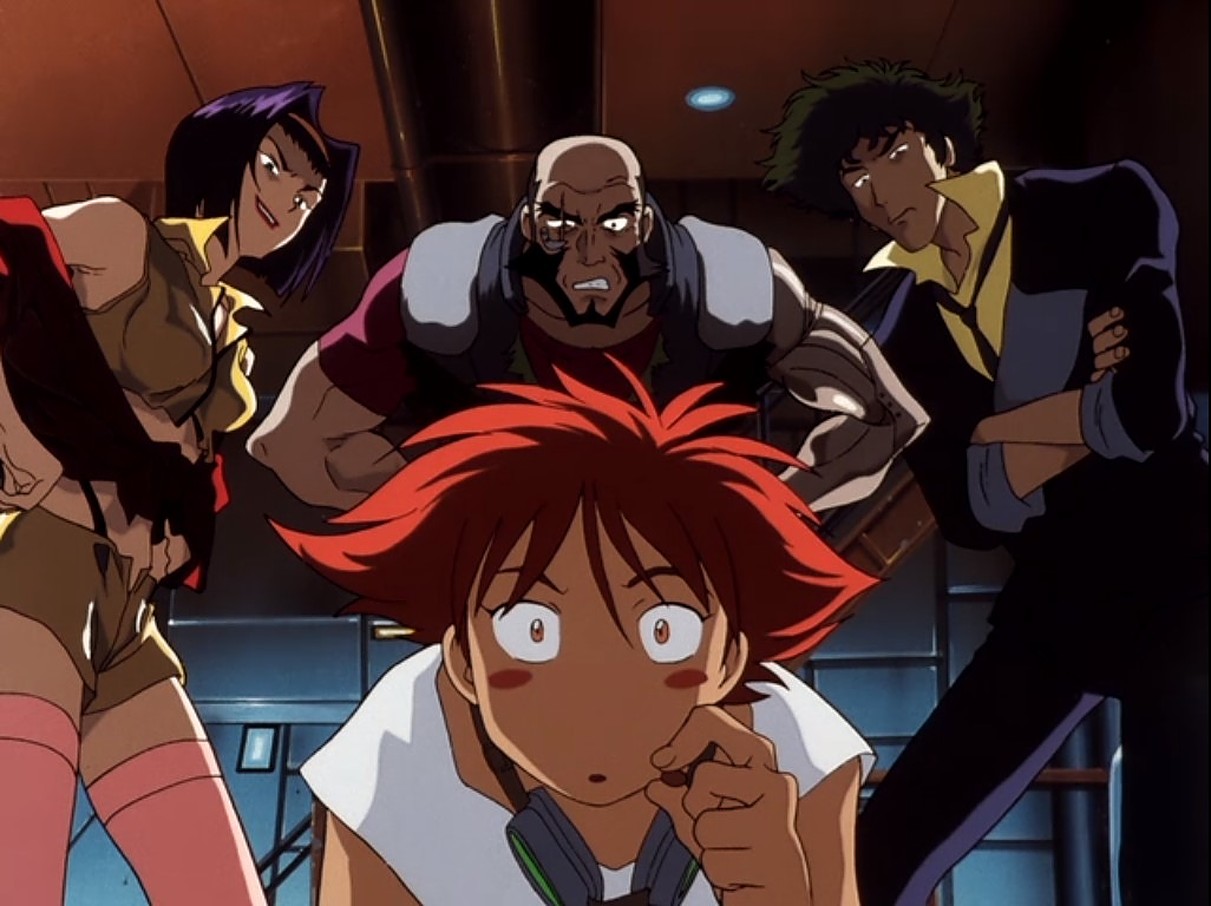
But what is it that solidified this anime as a classic, even in the eyes of non-anime watchers? Long before Disney began cranking out remake after remake, Cowboy Bebop already had the secret formula for capitalizing on an audience’s nostalgia and used it originally. Cowboy Bebop snagged a permanent place in the hearts and minds of viewers with a mix of timeless elements, a dream-like atmosphere, and painfully relatable characters.
Timeless Elements
Some fads never go away and become engrained in pop culture. After all, who doesn’t like jazz? By utilizing elements that have stood the test of time, Cowboy Bebop ensured that it, too, would never go out of style.
The Work Which Becomes A New Genre Itself
The boom of film in the early 20th century popularized many genres we still know and love today. Sci-fi, westerns, and film noir are some such genres that made their marks on entertainment and happened to be some of Cowboy Bebop‘s greatest influences. While these genres are vastly different, sci-fi and westerns fused to give us the space western, which is still going strong today with shows like The Mandalorian. But by mixing in film noir, Cowboy Bebop became a show with more tragic moments that could better appeal to a mature audience. With references to beloved titles and effective usage of its genres’ tropes, the series dug up all the right memories for viewers.
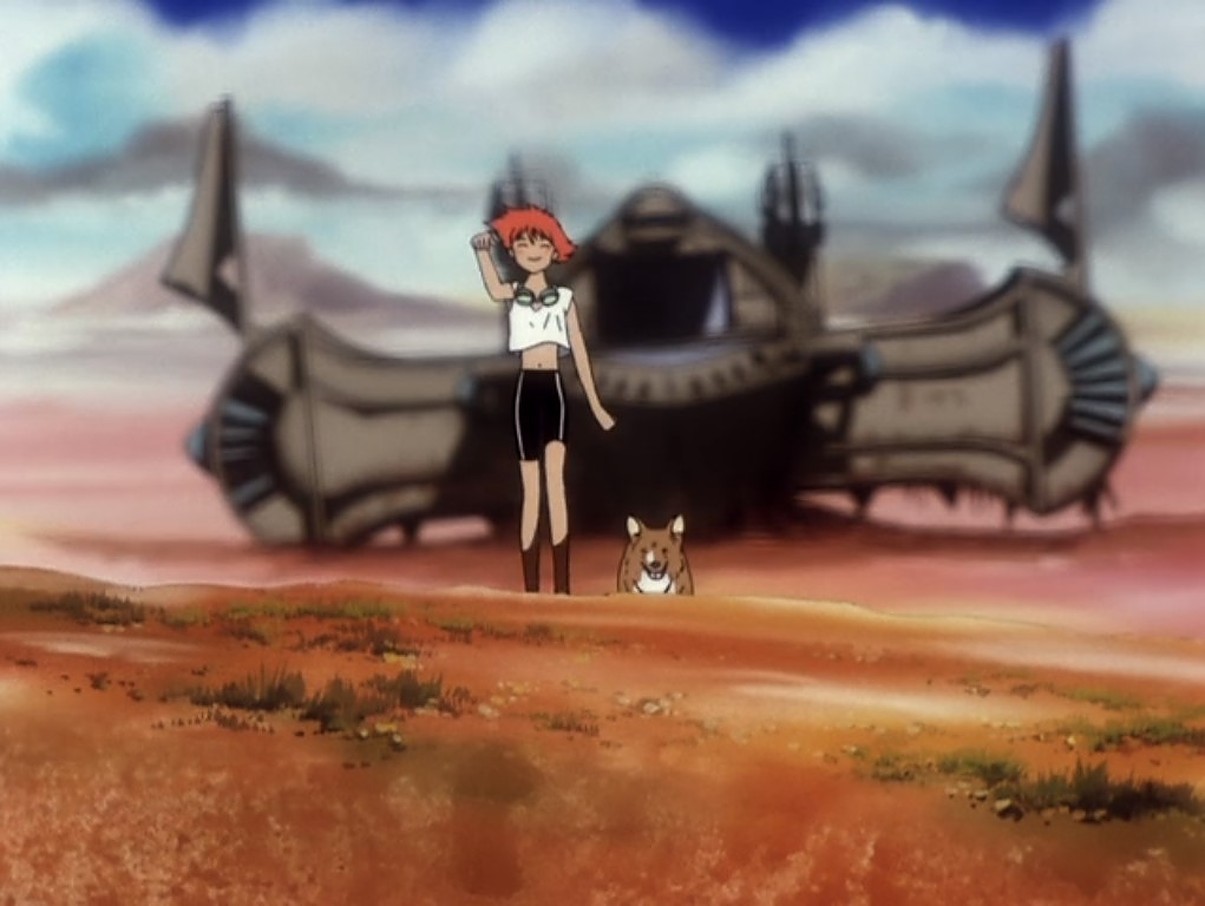
From galactic police forces to gun slinging, these genre-heavy elements were just part of everyday life for the Bebop crew. On top of this casual use of tropes, Cowboy Bebop also had entire episodes that served as references to other works. Cowboy Funk featured Andy, a cowboy traveling the solar system by horse, representing the stereotypical spaghetti western hero. In Toys in the Attic, Spike hunted down a mysterious, venomous life form terrorizing the crew, much like in Alien. But Cowboy Bebop stayed fresh by including original takes. The righteous Andy paralleled the reckless Spike, and Spike’s hunt was an exaggerated lesson for not leaving things in the fridge.
Entertainment is for everyone, but the genres that Cowboy Bebop drew from are prevalent in the West. Anime is very popular outside of Japan, but many Westerners are still either unaware of or disinterested in the stories it has to tell. However, with elements familiar to the Western audience, Cowboy Bebop managed to reach viewers who had never touched anime, including some big Hollywood names. Its wide-reaching popularity is proof of the power of nostalgia.
From Venus To Ganymede
Despite the space battles and advanced cryogenic freezing, Cowboy Bebop‘s world could very well be our future. 50 years before the show’s beginning, a space gate used for galactic travel blew up just above Earth and killed over half of the population. Receiving regular meteor showers from exploded moon fragments, the remaining people were forced to settle on other planets and moons. In this new age, there were planets to be terraformed and space ships to be mass-produced. But as futuristic as that sounds, it didn’t feel that way.
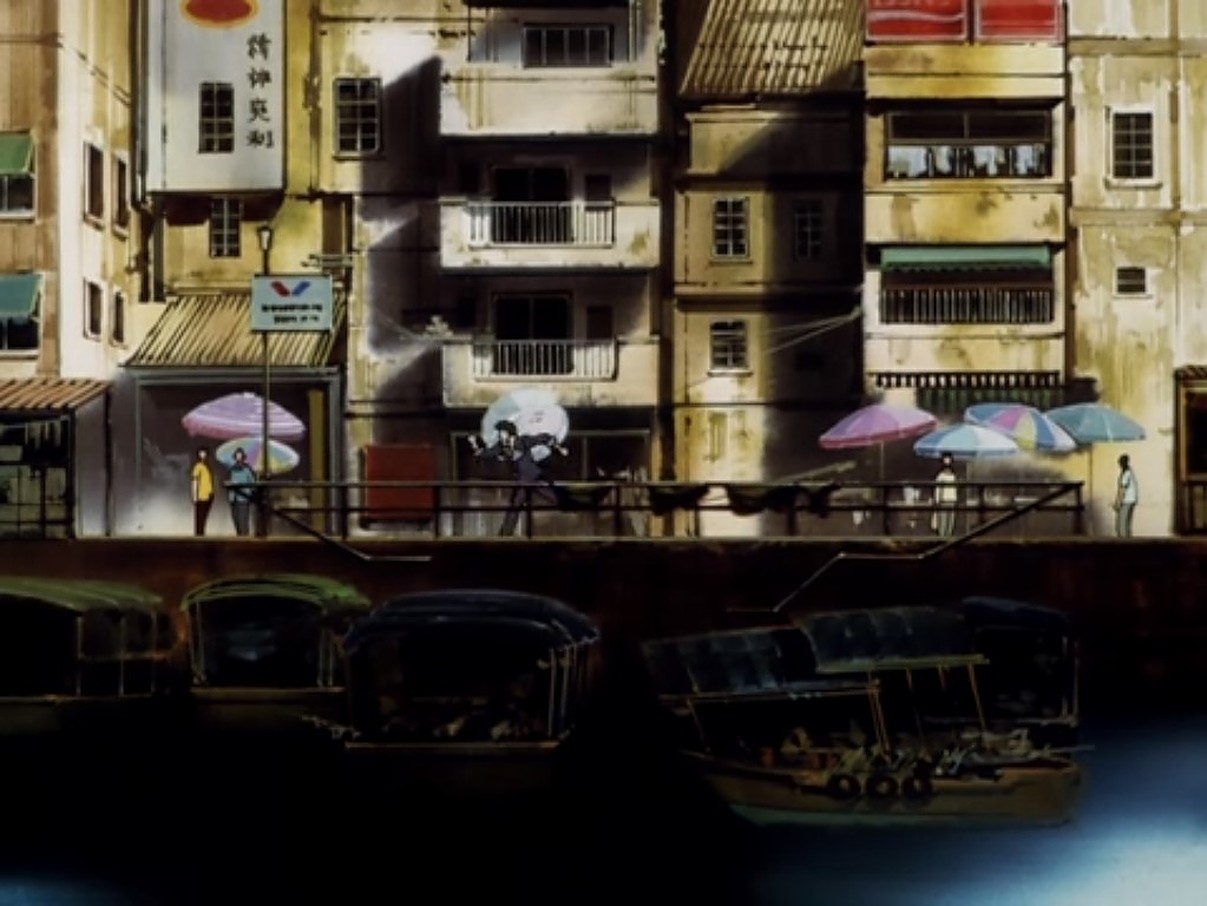
Cowboy Bebop didn’t present its world as shiny and perfect. Just like the world we know, it had dirty, crime-ridden cities and empty, scorching deserts. All the show did was take this familiar world and paste it onto different planets a few decades into the future. We can find this familiarity in the smallest corners of the world as well. The episode Speak Like a Child showed Spike and Jet hunting down a Betamax in the remnants of a Japanese city, all so they could watch an old videotape. Then, there’s the Bebop itself, which, while being a space ship, still had a comfortable living area and kitchen.
3… 2… 1… Let’s Jam!
The film genres it drew from, Cowboy Bebop‘s musical influences also became wildly popular in the 20th century. Though the series featured several musical styles, jazz was its backbone. Many jazz eras inspired the dynamic soundtrack composed by Yoko Kanno and performed by the Seatbelts, but most notable was the bebop era of the 1940s, which the show was partially named after. This jazz style was less about the commercial appeal and more about creating advanced, meaningful pieces, much like Cowboy Bebop itself. Luckily for the show, it did end up having mass appeal.
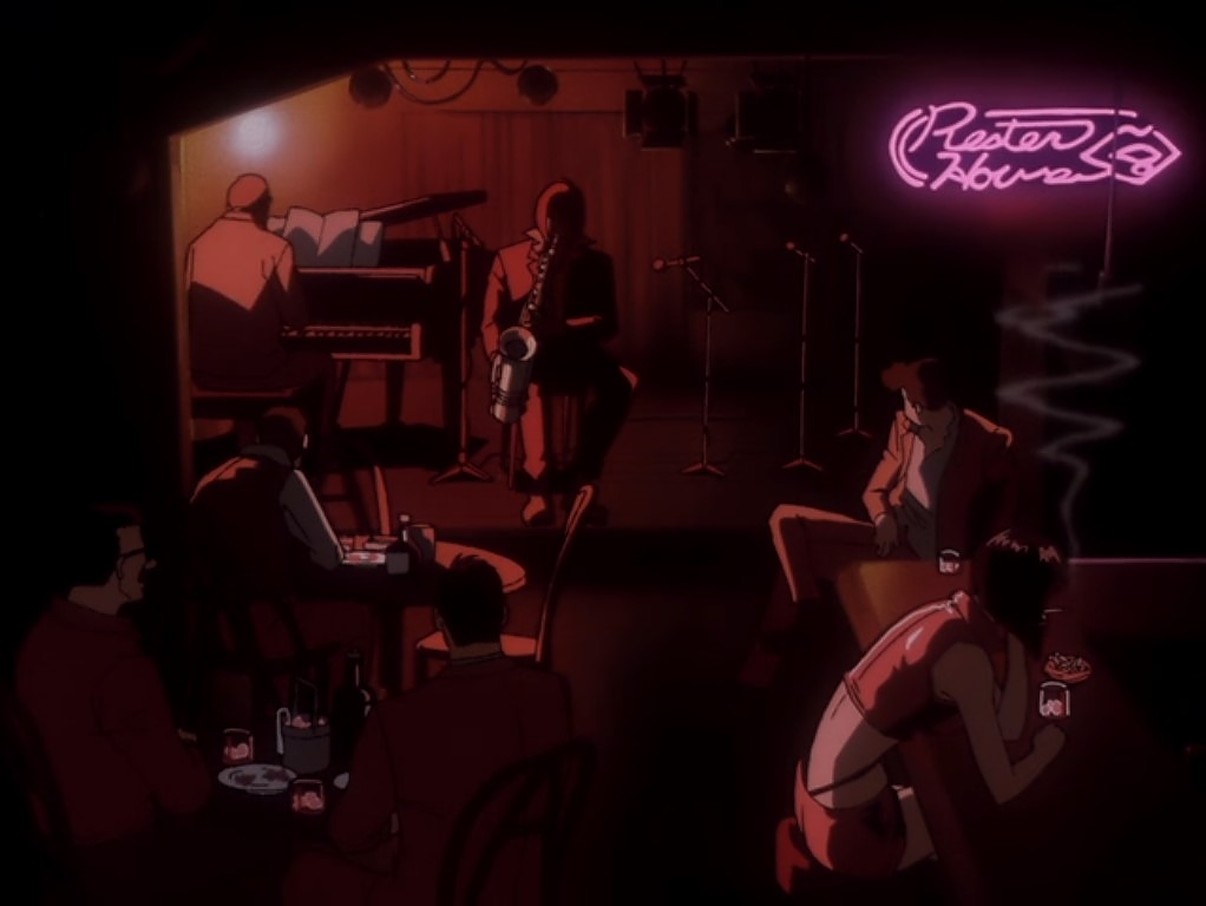
Cowboy Bebop wouldn’t be the same without Kanno’s energizing tracks. The show enjoyed showing off its extensive knowledge of music and held a clear love for it. It even called its episodes “sessions,” with most of these sessions having some reference to music in their titles. Session 14, for instance, was titled Bohemian Rhapsody. From exciting action sequences to solemn moments of introspection, each scene was perfectly set with music that drew from the many styles introduced throughout the 20th century. Of course, the show had its own story to tell but often felt more like a tribute to jazz music.
Atmosphere
Watching Cowboy Bebop often feels like dreaming. Not necessarily a sweet dream or a nightmare, but one with a feeling of wistfulness, much like nostalgia itself. The series had plenty of exciting moments to keep viewers on the edge of their seats, but the feeling of melancholy woven through each episode was part of what made it so hard to forget.
A Dream You’ll Never Wake Up From
This immersive, dreamy feeling could partially be attributed to Shinichiro Watanabe‘s directing. His sweeping shots of a lived-in space interspersed with brief flashes of characters’ histories not only made for a captivating watch but emphasized Cowboy Bebop’s themes of the past and longing. This was exactly how Watanabe opened the series, which set a tone each session would maintain.
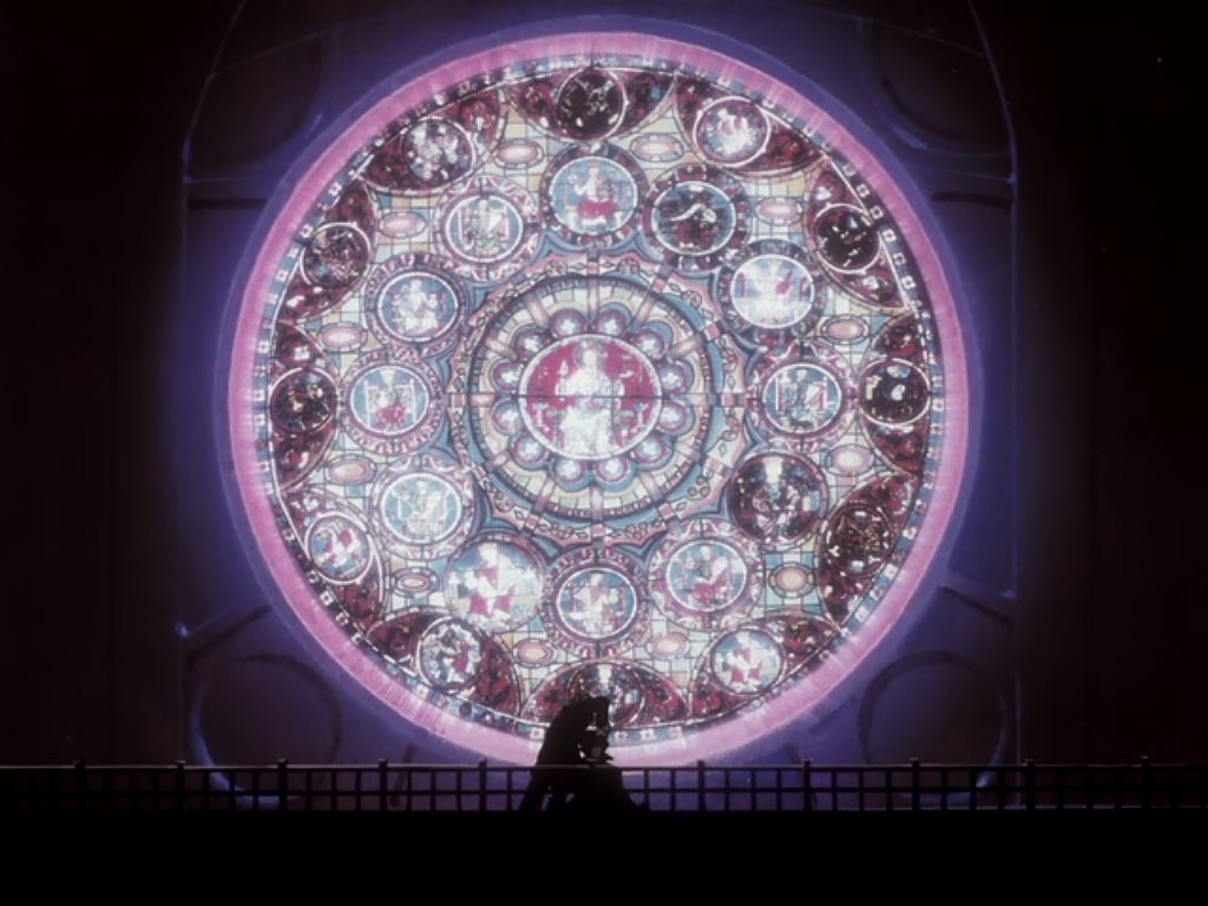
The sessions of Cowboy Bebop were rather sparse when it came to the actual content, with much time being devoted to watching daily life in space unfold. Much of the dialogue seemed relatively unimportant and the storylines were simple, yet each session was distinctly different in tone and always ended with significant development in the story, world, or characters.
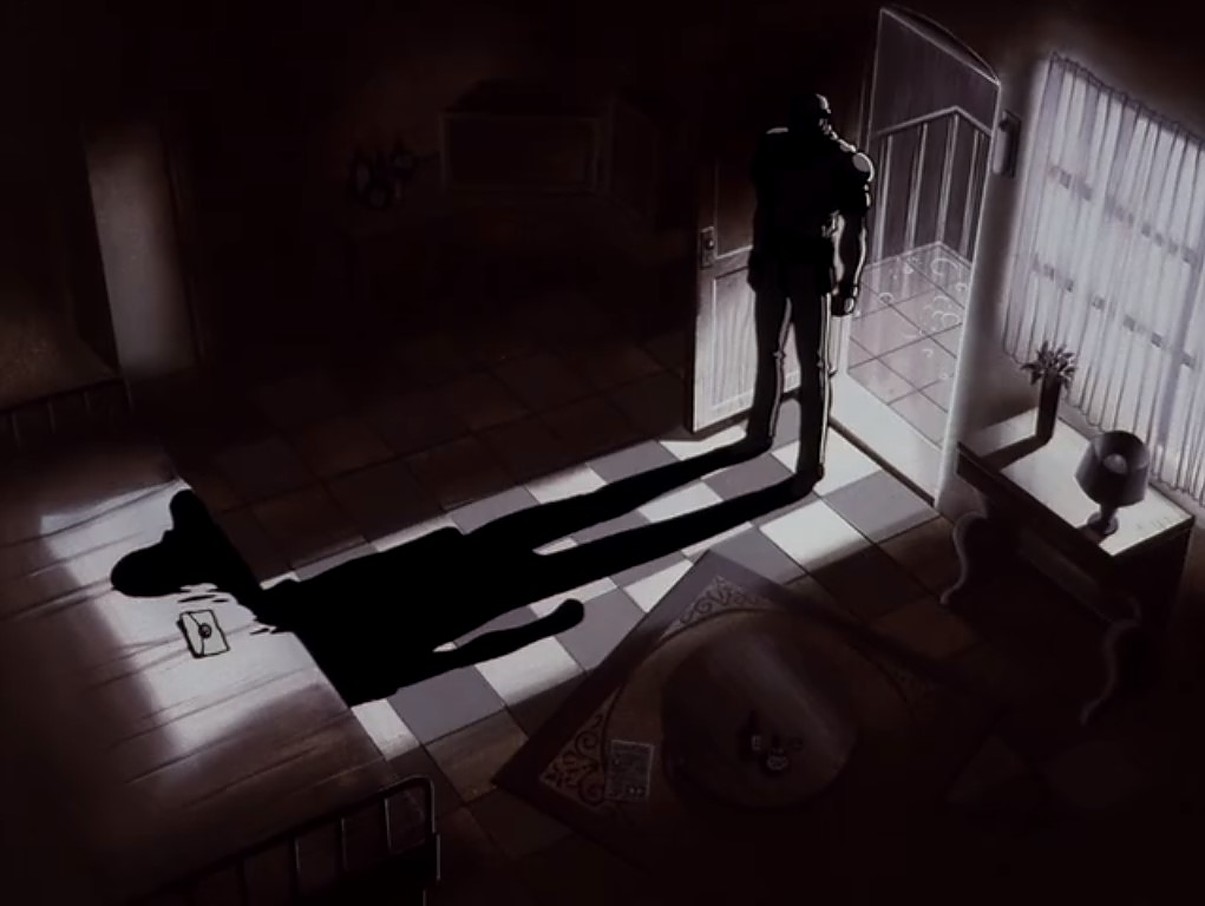
The sessions were fun adventures of their own, but they nearly all ended in tragedy, with either the Bebop crew or session’s side characters experiencing some form of loss. Worse yet, their impact doesn’t hit until the credits roll and you’re walking away with a feeling of melancholy.
Characters That Resonate
The cast of Cowboy Bebop was painfully human. While their backstories were decorated with tropes of the show’s genres, such as cryogenic freezing and crime syndicates, they were still deeply relatable. Each character had a strong narrative theme attached to them that was exemplified through many stand-out scenes — the kind you can’t get out of your head after watching.
Edward Wong Hau Pepelu Tivrusky IV
Also known simply as “Ed,” this young girl was one of the brightest hackers in the solar system. Although, it’s easy to forget with her goofy nature. Along with the data dog Ein, Ed served as the comic relief for the otherwise brooding Bebop crew. Ed said half her words in song and lived for adventure, which there’s plenty of when you live with three highly-skilled bounty hunters and regularly have criminals tied up in your living room. To many, Ed appeared like a dumb kid. How could someone constantly surrounded by so much death and violence maintain such an upbeat attitude? The truth is, Ed was aware of her surroundings; she just didn’t let them get her down.
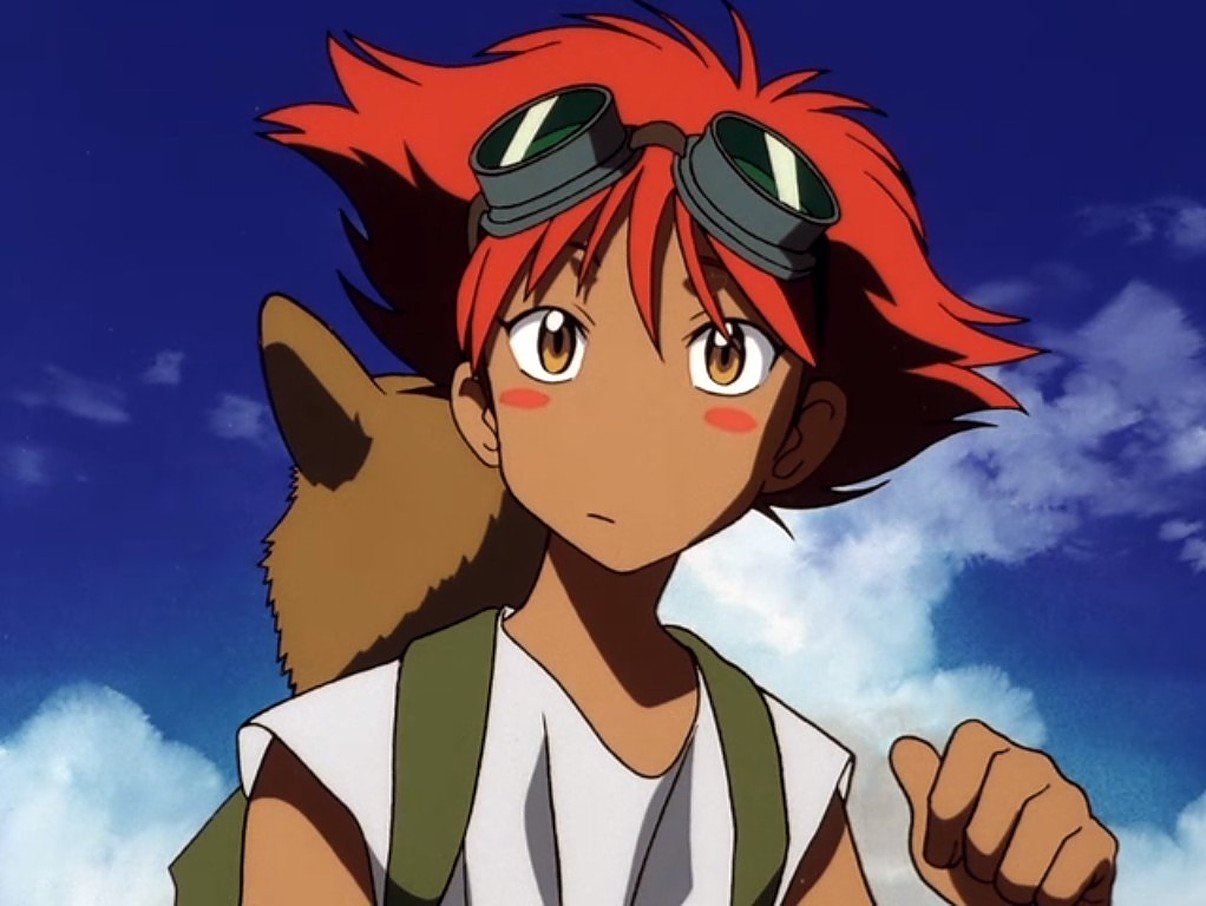
In Session 23: Brain Scratch, the Bebop crew hunted down a cult leader, only to discover that he was a figment of a teen’s imagination being projected through screens. After being forced into a vegetated state, this teen wanted to keep living through the digital world, but Ed and Jet had to disconnect him to end the cult. It’s dark stuff for a kid. But rather than sharing in Jet’s sadness after pulling the plug, Ed left the hospital with a smile and wished the boy sweet dreams. Ed may not have experienced the world’s darkness as her adult crewmates had, but she’s still aware of it. Much like real children, she would rather view the world in a positive light.
The Black Dog
The most responsible and ethical of Cowboy Bebop‘s crew, Jet, was truly just a good man trying to make an honest living. As a former cop, he was still very attached to the idea of justice and brought the solar system that was much closer to it by turning in criminals. But this mentality often got him accusations of being too naive and idealistic, despite being the oldest member of the crew. His nickname, “The Black Dog,” was given to him for his stubbornness with catching criminals while serving in the Inter-Solar System Police, but that approach applied to more than one area of his life.
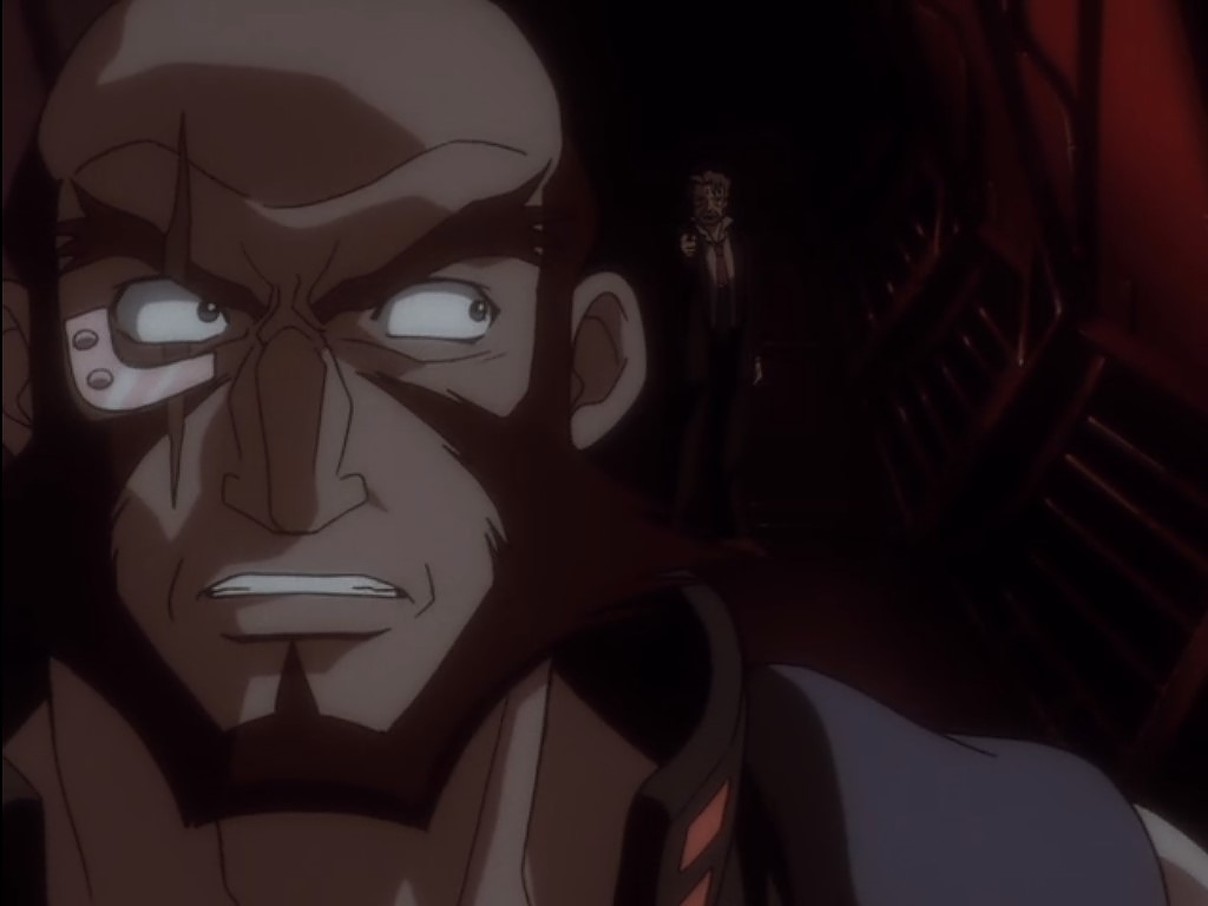
Jet put a lot of faith in those close to him. This is why it was such a shock to learn Fad, his former police partner, was the cause of his metal arm. Fad wasn’t the first betrayal he’d dealt with, and he wouldn’t be the last, but Jet always got rattled by his shattered perceptions of those around him. Between the lawlessness of space and corruption of the ISSP, he wanted to at least control his relationships. Jet just wasn’t aware of this habit until his ex-girlfriend, Alisa, was screaming this at him. He knew the world’s problems well but had trouble seeing them in his own life, stubbornly believing his relationships were running smoothly.
The Sleeping Beauty
People spend their adolescent and young adult years trying to find an identity, but thanks to an accident that gave her amnesia, Faye had to start this process all over again. Faye initially wound up on the Bebop as a bounty head but soon became a bounty hunter looking to pay off some massive debts. After waking from cryogenic freezing three years prior, she learned that she had to pay for a life-saving operation she never asked for, which was about 300 million woolongs. Several times throughout Cowboy Bebop, she took advantage of or ditched the crew to make some money. But what Faye wanted more than being debt-free was her memories and old home.
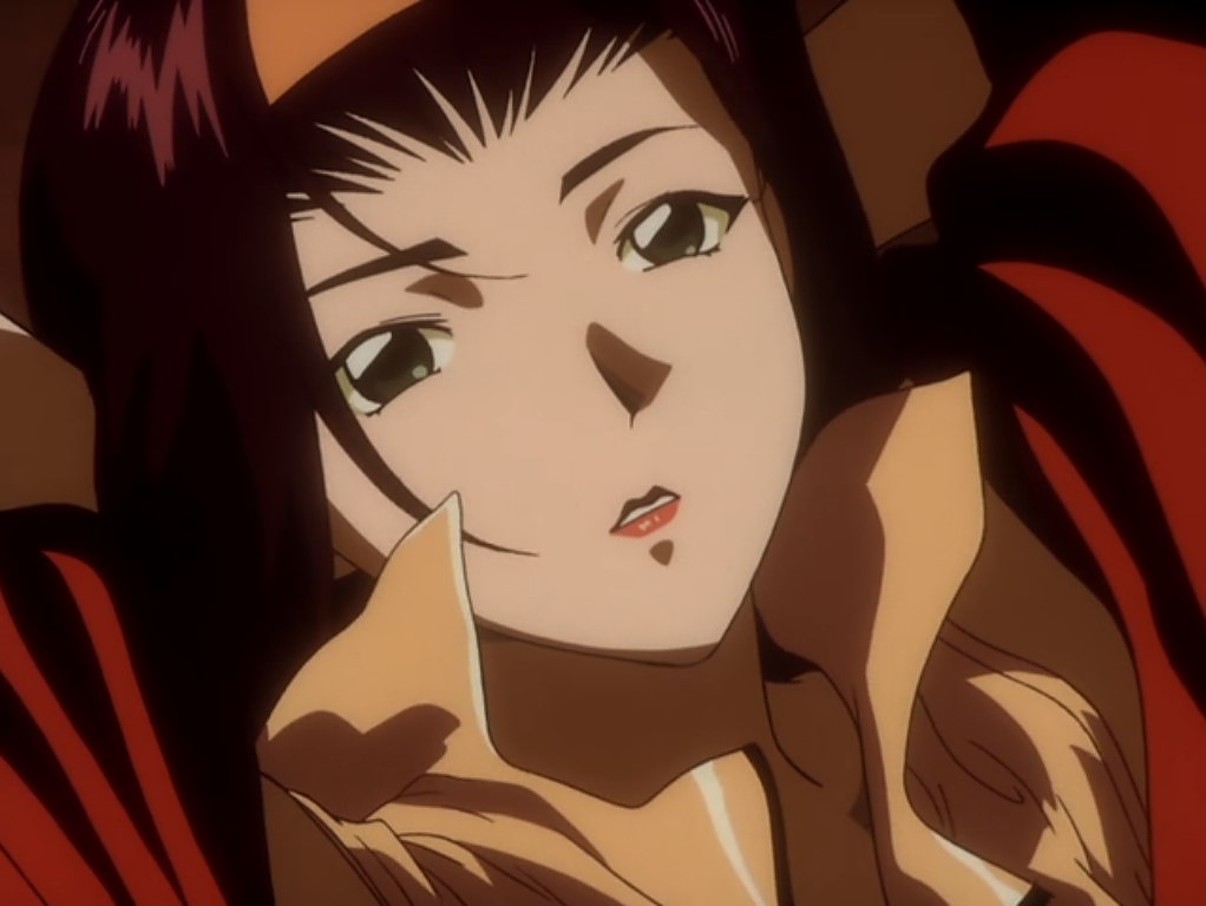
In Session 18: Speak Like a Child, the Bebop crew received an old video tape. They discovered that the tape was of Faye’s younger self, before her accident and the space gate explosion. She didn’t remember anything on the tape but at least knew she had somewhere to return. Six sessions later in Hard Luck Woman, she left the ship that had become her home for the past few months, only to find that the place she lived half a century ago was in ruins. By now, her memory had returned, but it didn’t matter when everyone she loved was gone. Faye had to decide if she wanted to continue her homeless wandering or accept the Bebop as her new home.
The Space Cowboy
Spike’s connections drove the over-arching plot of Cowboy Bebop, yet his past was the most shrouded in mystery. What little we do know was that he was in a crime syndicate with his romantic partner Julia and criminal partner Vicious, but he left it all behind to live a more free life. Three years later, Vicious wanted payback for Spike’s betrayal. But rather than running from his past any longer, he waited for it to catch up to him. Once he realized his life of freedom would be spent starving on an old fishing ship without Julia, he was fine with dying if that’s the way things went.
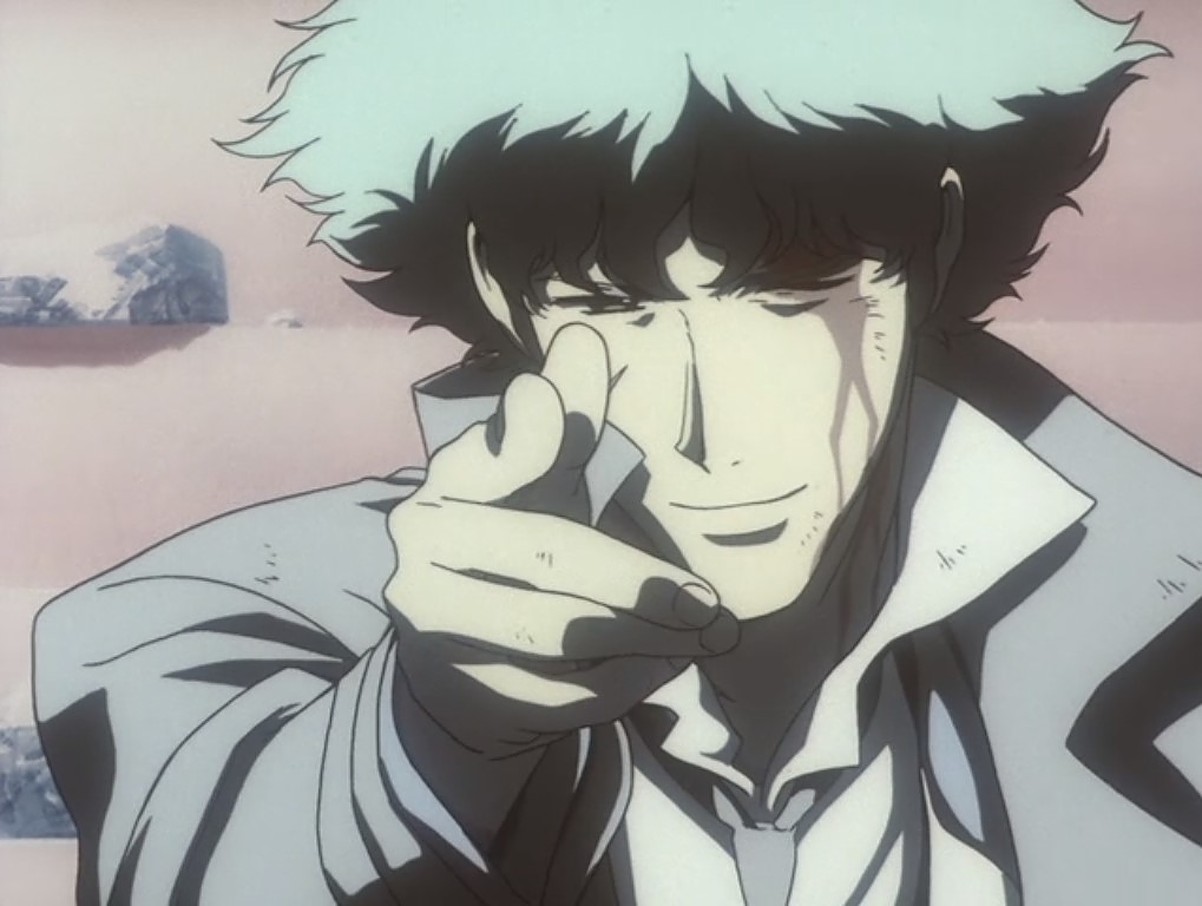
As seen in conversations with Faye, Spike didn’t believe that he had a future. He’s still caught up in his old life and couldn’t imagine spending the rest of it with Jet and Faye on the Bebop, wrangling in bounty heads. Each time Vicious turned up throughout the show, Spike threw himself into battle with him. Whenever he heard the name Julia, Spike dropped everything to find her. By the end of Cowboy Bebop, Spike was at a point where he’d gladly throw his life away if it meant escaping his past. Often haunted by thoughts of his old life, he believed that he wouldn’t get the peace he wanted by living, so he confronted Vicious for the final time. It was a grim note to end the series on, but one with an undeniable impact.
You’re Gonna Carry That Weight
In more sense than one, Cowboy Bebop was built on the past. It drew influence from some of the 20th century’s most popular film and music genres, and the cast spent the series longing for their old lives. But most of all, this short-lived show of a mere 26 sessions left a large impact on its viewers. Not only did it share the same core feelings with nostalgia, but it featured a relatable crew with unique philosophies that viewers only grew more attached to as their backstories unraveled. Cowboy Bebop used them to juggle many heavy themes, but they didn’t all come together until that final “Bang!”
See you Space Cowboy…
